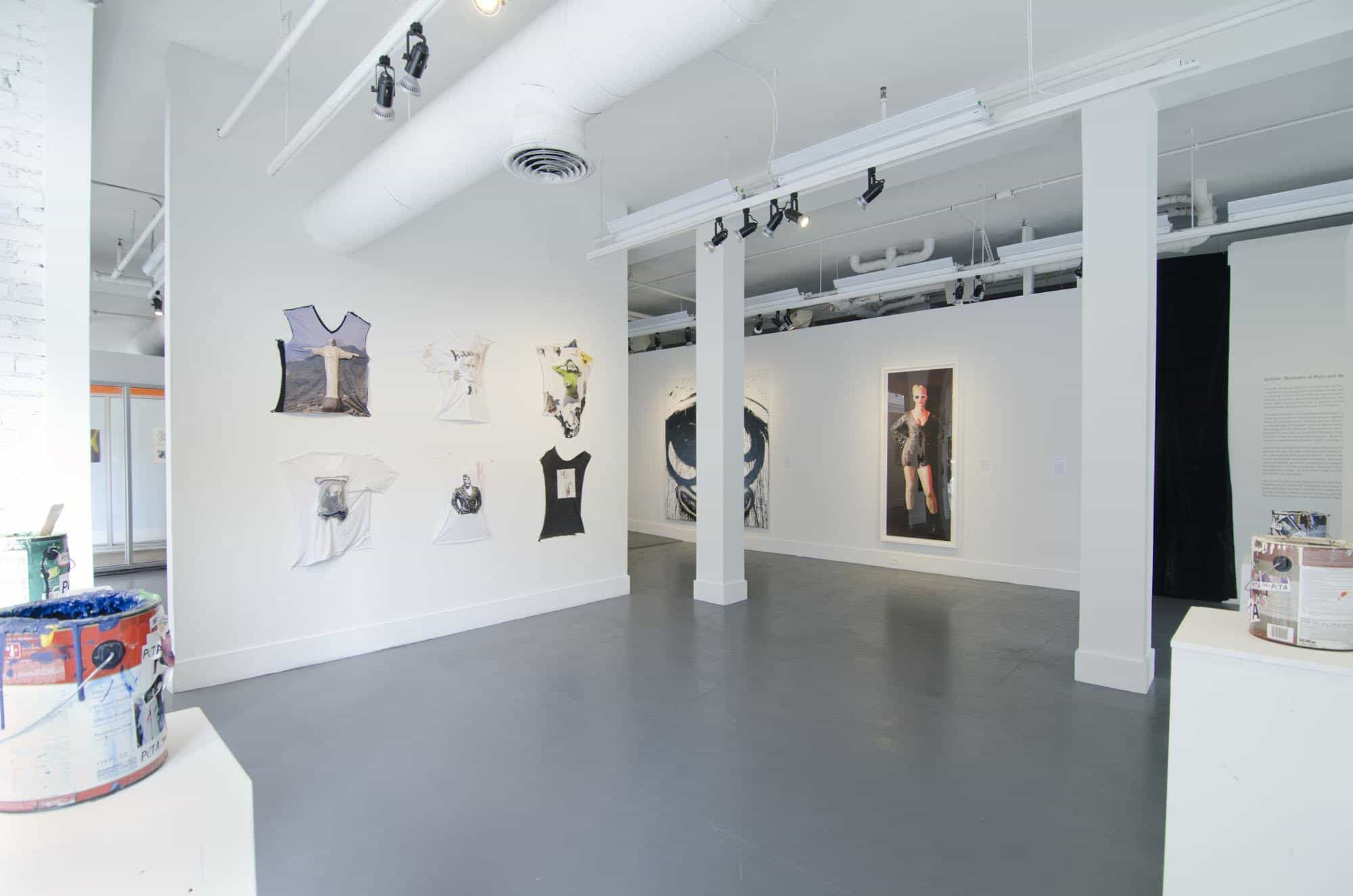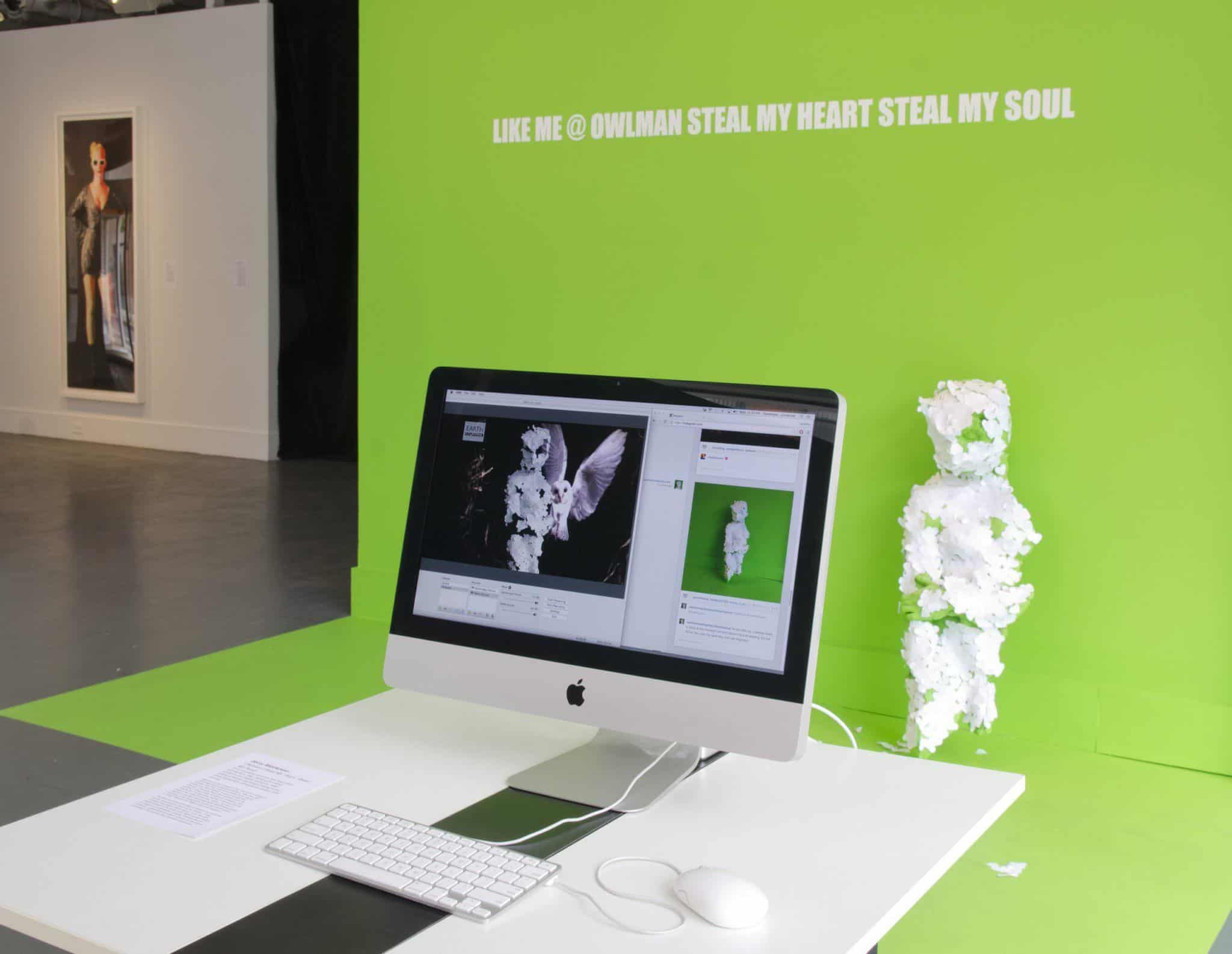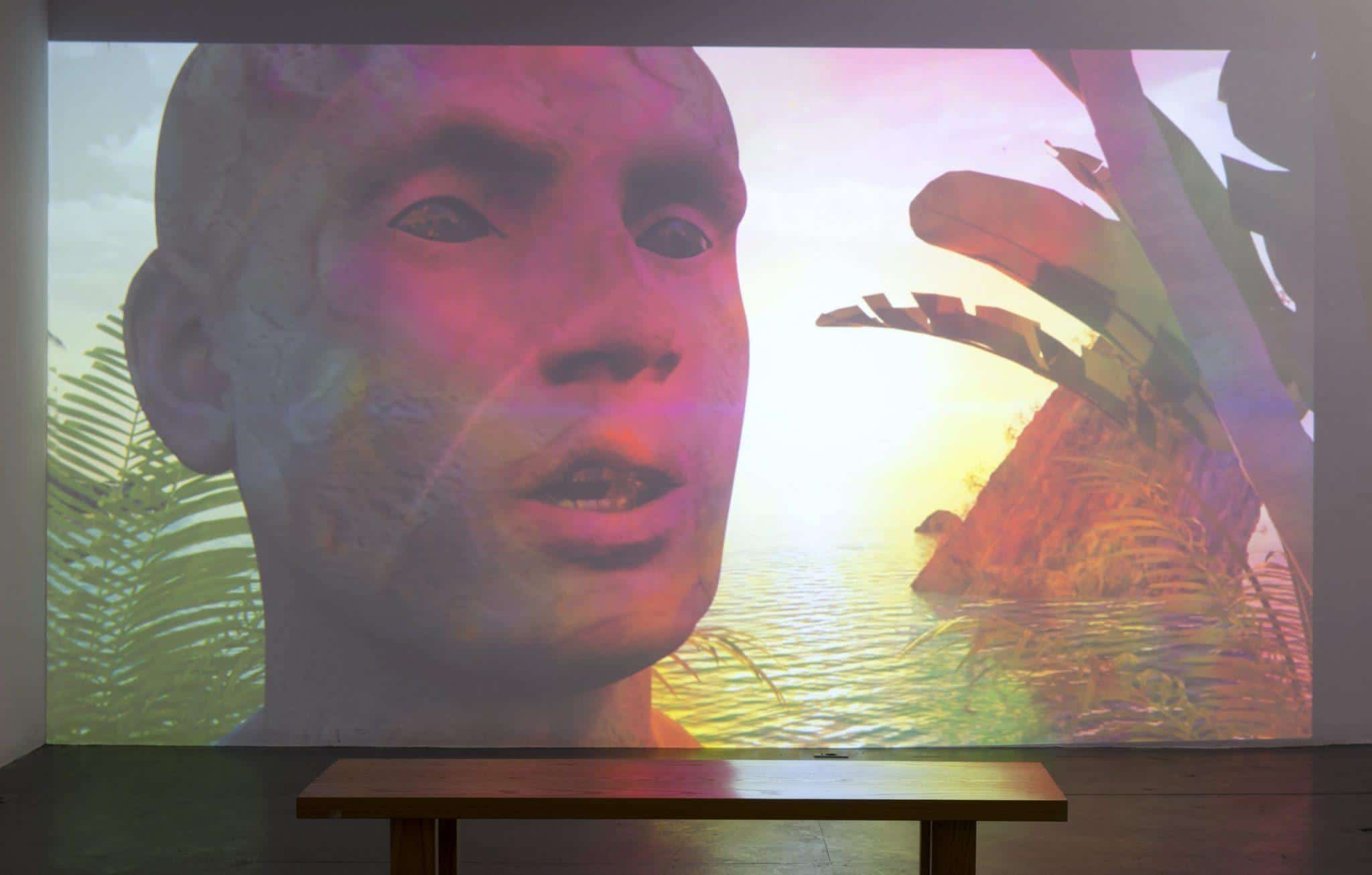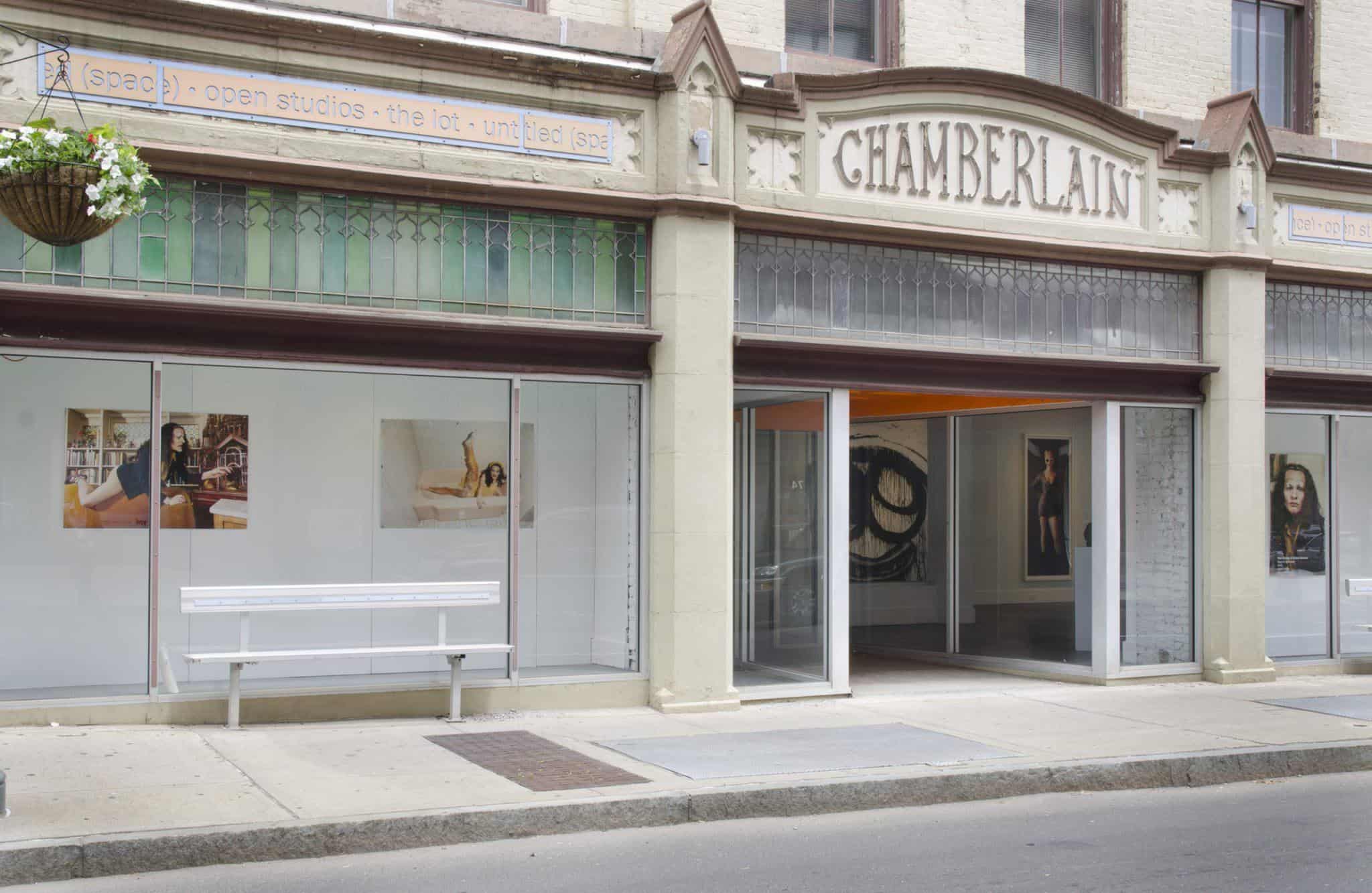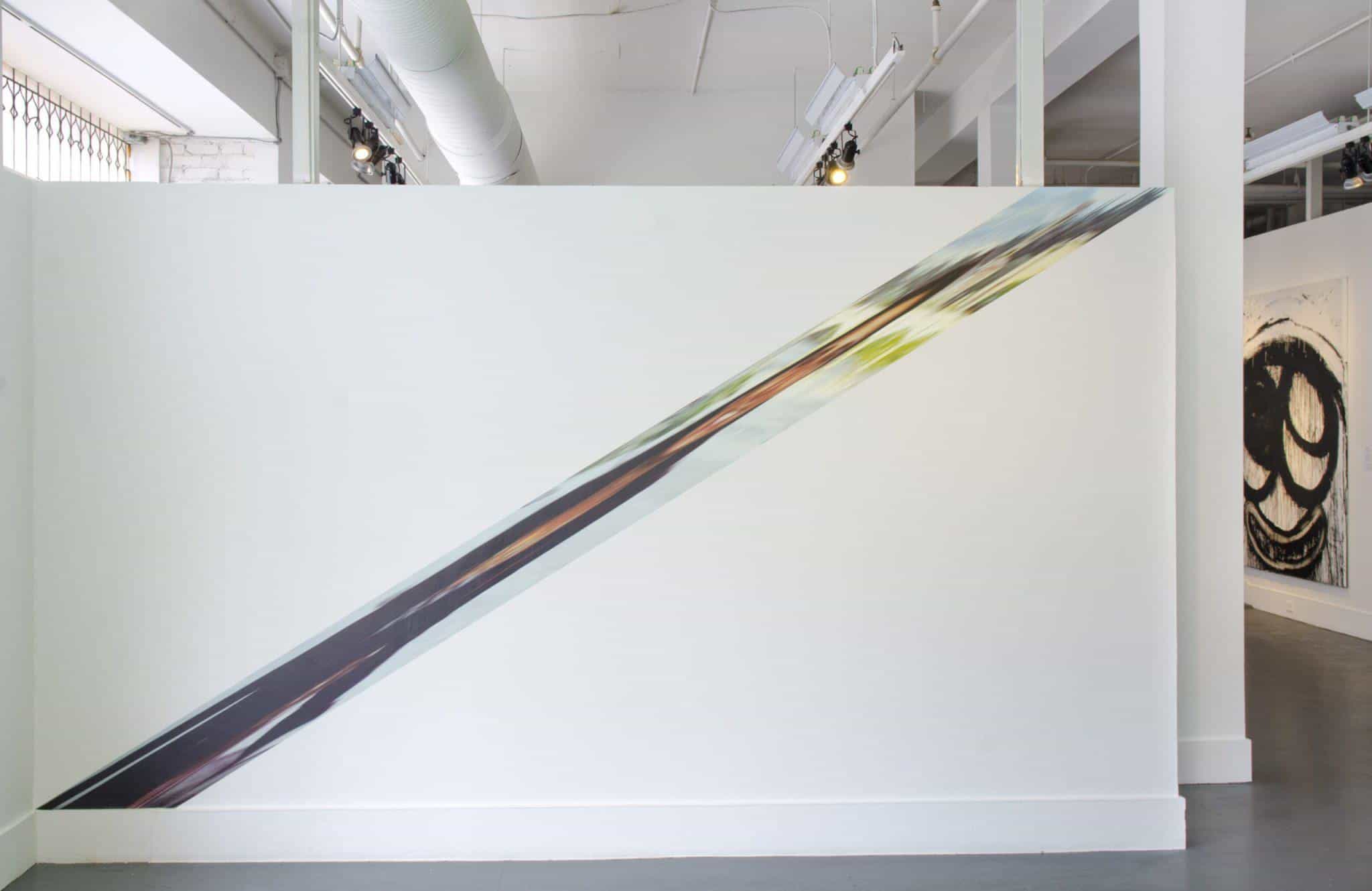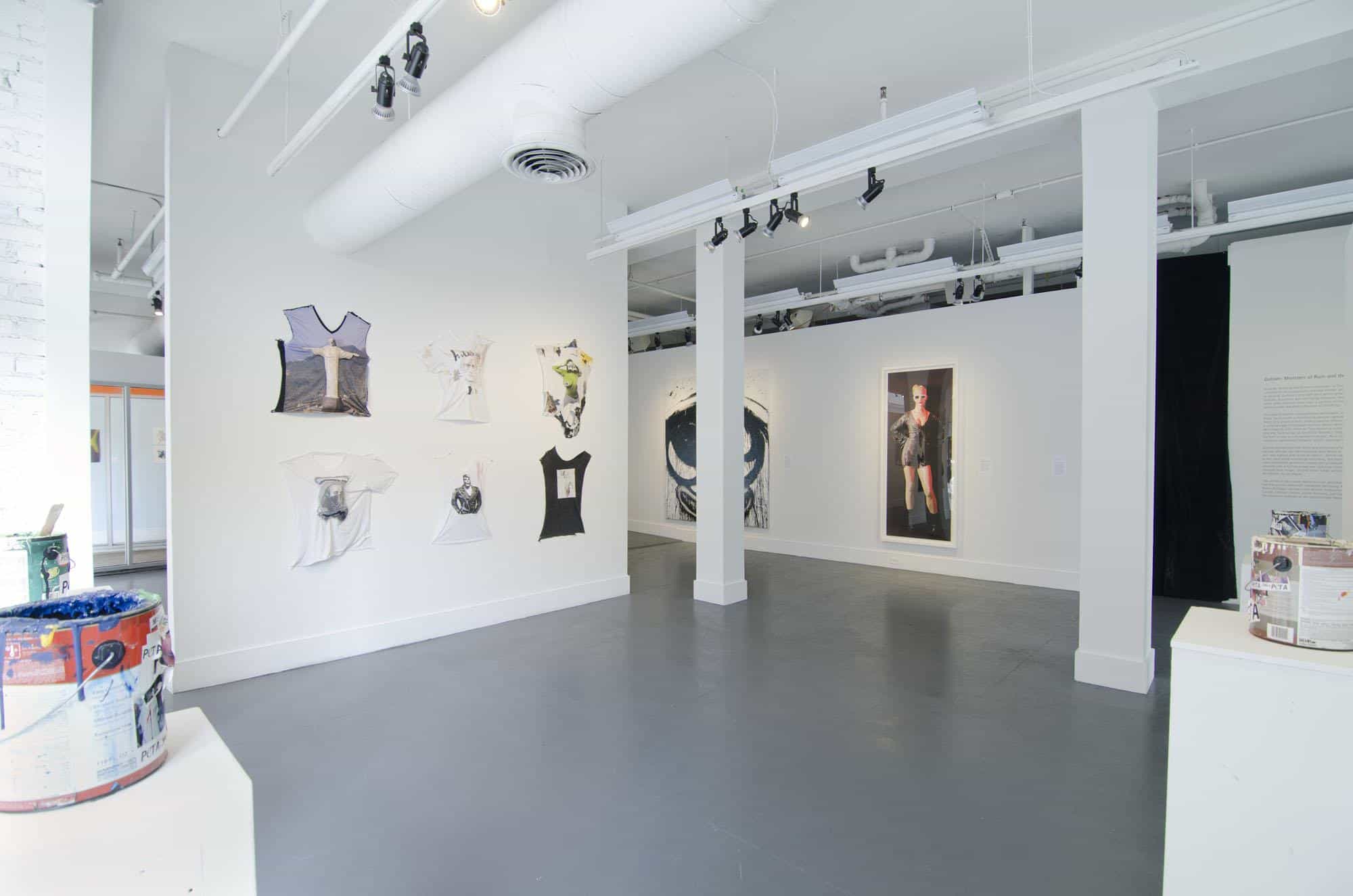
Gollum: Monsters of Ruin and the Techno-Sublime
Curator: Sarah Fritchey
May 15—July 3, 2015
Jerry Blackman, Carlos Jiménez Cahua, Mike and Claire, Johannes DeYoung, Joyce Pensato, Boo Ritson, Gordon Skinner.
In the Lord of the Rings trilogy, Hollywood reimagines the ancient Jewish depiction of Golem as a formless being that represents Adam before his final creation by God, to a degenerate hobbit known as Gollum. The first Golem was made of the earth’s crust, while the Hollywood Gollum was composed of computer-generated imagery (CGI). This depiction is articulated by film theorist Tom Gunning, in his essay “Gollum and Golem: Special Effects and the Technology of Artificial Bodies,” in part, to argue the ways in which post-production special effects increasingly shape what a viewer deems to be “real” or believable motion.
Artspace’s exhibition brings Gunning’s film theory into the visual arts arena to explore how artists working in photography, paint, sculpture and video similarly grapple with creating “real” depictions of the human body. But rather than strive for believability, these artists expose the plastic and digital underbellies of their mediums. As a result, the illusions of the “real” give way to monstrous depictions of Technicolor beings. Like Gollum, these beings may be read as post-human animations, their bodies corrupt to the point of becoming part-object or part-machine. The show’s central questions resonate with Gunning’s analogy of the ancient and modern depictions of Golem and Gollum. Who has the ability to play God? How does technology reimagine corporeality? Is flesh still considered a sacred material?
Artists include: Jerry Blackman, Carlos Jiménez Cahua, Mike and Claire, Johannes DeYoung, Joyce Pensato, Boo Ritson, and Gordon Skinner. Crown Street Window installations by: Mistina Hanscom and Petra Szilagyi.
Read a review of this exhibition in the New Haven Independent.
Work by Johannes DeYoung. Photo credit: John Groo.
